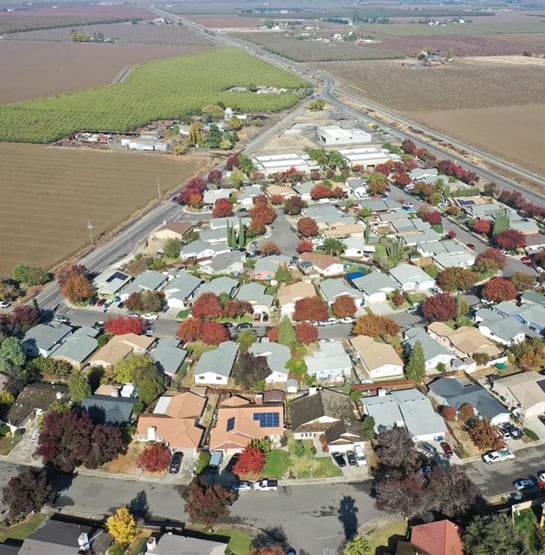
Central Valley
The Central Valley California, U.S.reaches out from Shasta area in the north to Kern province in the south, it covers around 18,000 square miles (47,000 square km) and parallels the Pacific drift for around 450 miles (725 km).
Averaging around 40 miles (65 km) in width, it is completely encased by mountains, including the Klamath Mountains (north), Sierra Nevada (east), Tehachapi Mountains (south), and Pacific Coast Ranges (west).
10,371
Population
$233,041
Median Home Value
$2,149/month
Average Rent
$48,902
Median Household Income
15/100
Crime Index
Living in Central Valley
The Sacramento and San Joaquin streams, which go through the Central Valley, are sustained mostly by the bounteous rains and softening snows of the Sierra Nevada’s western flank. The San Joaquin Valley in the south grasps more than three-fifths of the whole bowl, and the Sacramento Valley in the north makes up the rest of. The most northerly piece of the Sacramento Valley, known as Anderson Valley, stretches out around 30 miles (50 km) north of the city of Red Bluff. The Sacramento and San Joaquin streams join southwest of the city of Sacramento in a region known as the Delta Lands to enter San Francisco Bay, the Central Valley’s solitary outlet to the Pacific Ocean.
The advancement of farming and agribusiness in the valley advanced quickly after the California Gold Rush in 1849. In light of the water system made conceivable by various dams and waterways, the territory currently contains a portion of the most extravagant farmland in the United States and creates in excess of 300 harvests, including cotton, natural products (wine grapes, peaches, apricots), grains (wheat, rice), nuts (pistachios, almonds), and vegetables. With around 300 developing days for every year, the valley creates around one-fourth of the sustenance expended in the United States.
Housing Market Trends
With 10,371 people, 3,909 houses or apartments, and a median cost of homes of $233,041, Shasta Lake real estate values are some of the lowest in California, although compared to real estate around the nation, Shasta Lake homes are still considered rather expensive.
Single-family detached homes are the single most common housing type in Shasta Lake, accounting for 77.26% of the city’s housing units. Other types of housing that are prevalent in Shasta Lake include mobile homes or trailers ( 12.83%), duplexes, homes converted to apartments or other small apartment buildings ( 4.63%), and a few large apartment complexes or high rise apartments ( 3.75%).
The most prevalent building size and type in Shasta Lake are three and four bedroom dwellings, chiefly found in single-family detached homes. The city has a mixture of owners and renters, with 63.50% owning and 36.50% renting.
There is a lot of housing in Shasta Lake built from 1970 to 1999 so parts of town may have that “Brady Bunch” look of homes popular in the ’70s and early ’80s, although some of these houses were built up through the early ’90s as well. There is also a lot of housing in Shasta Lake built between 1940-1969 ( 24.67%). A lesser amount of the housing stock also hails from between 2000 and later ( 15.86%). There’s also some housing in Shasta Lake built before 1939 ( 4.63%).
